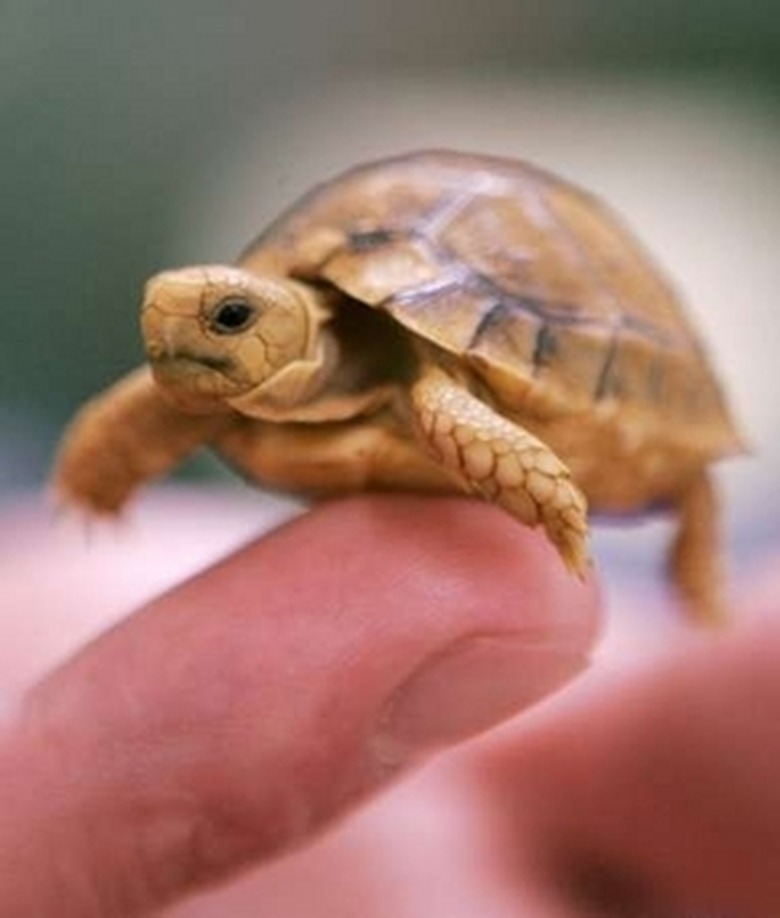How To Breed Turtles
Things Needed
-
1 pair of at least 5-year-old turtles
-
Vermiculate
-
Nesting area
Warning
When spraying the environment with water, be sure not to oversaturate the soil. This could lead to the development of bacteria and mold that could potentially harm both the chances of mating and the turtles themselves.
One of the most interesting pets to have in your home is a turtle. Turtles are relatively easy to take care of and have an ancestry of prehistoric origins. Turtles are not the easiest of pets to breed, however. With a little bit of work and care, you can get your own litter of baby turtles.
Step 1
Winterize the turtles. Most turtles will not breed until fall. However, it is important to create as much of a natural atmosphere as possible for your turtles to ensure that they will breed. This means mimicking the seasons that the turtle would normally experience if they were in the wild. This is why many breeders will recommend that you winterize turtles during the months of January and February. You can do this by changing the temperature of your turtle habitat to between 50 and 60 degrees for about 6 weeks and then gradually return their habitat to their regular temperature.
Step 2
Provide a nesting area and the correct environment. The best environment to insure that you will have a successful mating season is to have a natural outdoor environment. However, the appropriate indoor environment can also work for you. When creating an indoor environment for your turtles, start with a box that has enough room to place between 14 and 18 inches of soil in the bottom of the container while still having enough room for your turtles in the box. Moss or sand can also work; just be sure to spray the environment from time to time with a spray bottle to keep the area moist. This will give your turtles the right atmosphere in which to mate.
Step 3
Remove the eggs. After the turtles have successfully mated, the female will lay between 2 and 12 eggs. Lightly mark the tops of the eggs with a non-toxic marker. Being very careful to not turn the egg from its original position, move the eggs to a seperate box that will act as an incubator. Be sure that you keep the marker mark facing up the entire move as to not turn over the eggs.
Step 4
Incubate with vermiculate. Go to your local pet store and buy a container of vermiculate. Follow the instructions provided with the vermiculate to mix it. Once the vermiculate has set, place the eggs gently into the vermiculate. Seal the box with just a few openings for air and keep the temperature within the box as close to 80 degrees as possible.
Step 5
Wait for the eggs to hatch. The hatching process should take between 80 and 150 days.
